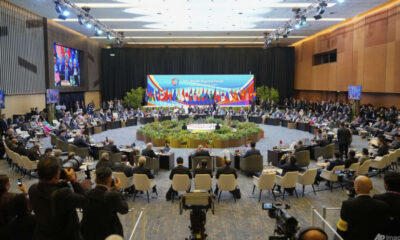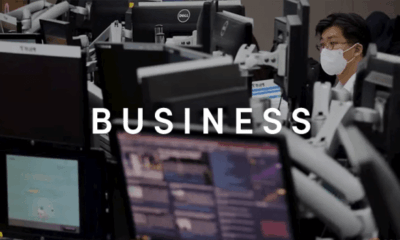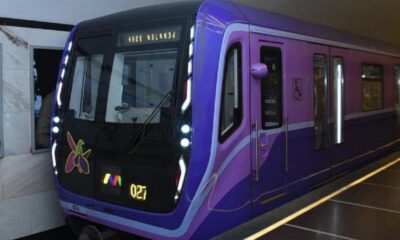World
India and South Korea Order Inspections of Boeing Fuel Switches

India and South Korea have mandated inspections of fuel control switches on Boeing jets following a tragic accident involving Air India Flight 171, which resulted in the deaths of 260 people on June 12, 2025. The flight, operated by a Boeing 787-8 Dreamliner (registration VT-ANB), crashed shortly after takeoff, prompting concerns about the safety of the aircraft’s fuel control system.
Investigation Findings Prompt Immediate Action
The directive for inspections comes in the wake of a preliminary report published by India’s Aircraft Accident Investigation Bureau (AAIB) on July 11, 2025. The report revealed that during takeoff, the fuel cutoff switches for both Engine 1 and Engine 2 transitioned from the RUN position to CUTOFF almost simultaneously, raising questions about possible human error, deliberate actions, or potential design flaws.
In response, on July 14, India’s Directorate General of Civil Aviation (DGCA) ordered airlines, including Air India, Indigo, and SpiceJet, to inspect fuel switches on all Boeing aircraft, particularly the 787 Dreamliner and certain models of the 737. Airlines must complete these inspections by July 21, 2025, and submit detailed inspection plans and reports to the DGCA.
The urgency of this directive is underscored by previous advisories, including a special airworthiness information bulletin (SAIB) issued by the Federal Aviation Administration (FAA) in December 2018. The SAIB warned of potential disengagement issues with the fuel control switch locking feature across various Boeing models, although no crashes had been attributed to these concerns.
International Response and Ongoing Investigations
South Korea’s transport ministry has also announced that airlines operating Boeing aircraft will conduct similar inspections to ensure compliance with the FAA’s advisory. While no specific timeline has been provided, the ministry emphasized its commitment to safety in aviation operations.
Meanwhile, Etihad Airways, based in the UAE, has advised its pilots to exercise caution when operating fuel switches. As of July 14, Air India announced that it had completed inspections on half of its Dreamliner fleet and nearly all of its 737s, reporting no issues thus far.
The preliminary investigation report indicated that during the flight, a conversation was captured on the cockpit voice recorder, where one pilot questioned why the fuel switches were turned off. The other pilot denied any such action, suggesting a chaotic situation in the cockpit during the incident. After the crash, the switches were found in the RUN position, raising further questions about the circumstances leading to the tragedy.
The AAIB continues to gather evidence and analyze data from stakeholders involved in the investigation. Both the FAA and Boeing have reassured aviation authorities and operators that the fuel control switches are safe, despite the ongoing scrutiny. As the investigation unfolds, the public and aviation community await further results to clarify the factors contributing to the crash of Air India Flight 171.
-

 Business5 months ago
Business5 months agoKenvue Dismisses CEO Thibaut Mongon as Strategic Review Advances
-

 Lifestyle4 months ago
Lifestyle4 months agoHumanism Camp Engages 250 Youths in Summer Fest 2025
-

 Sports4 months ago
Sports4 months agoDe Minaur Triumphs at Washington Open After Thrilling Comeback
-

 Sports5 months ago
Sports5 months agoTupou and Daugunu Join First Nations Squad for Lions Clash
-

 Top Stories5 months ago
Top Stories5 months agoColombian Senator Miguel Uribe Shows Signs of Recovery After Attack
-

 World5 months ago
World5 months agoASEAN Gears Up for Historic Joint Meeting of Foreign and Economic Ministers
-

 Health4 months ago
Health4 months agoNew Study Challenges Assumptions About Aging and Inflammation
-

 Business5 months ago
Business5 months agoOil Prices Surge Following New EU Sanctions on Russia
-

 Entertainment4 months ago
Entertainment4 months agoDetaşe-Sabah Violin Ensemble Captivates at Gabala Music Festival
-

 Entertainment4 months ago
Entertainment4 months agoBaku Metro Extends Hours for Justin Timberlake Concert
-

 Top Stories5 months ago
Top Stories5 months agoRethinking Singapore’s F&B Regulations Amid Business Closures
-

 Business5 months ago
Business5 months agoU.S. House Approves Stablecoin Bill, Sends to Trump for Signature









